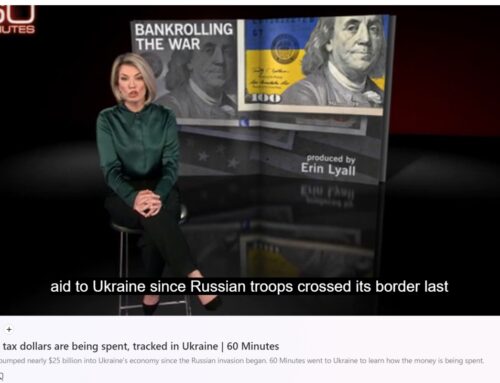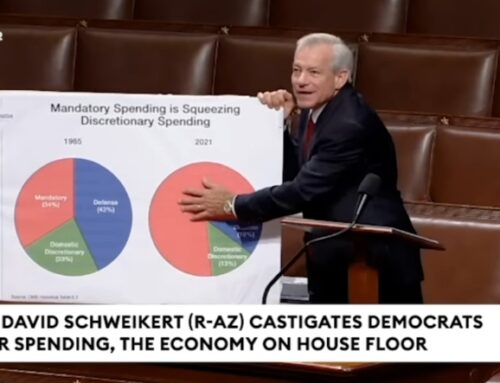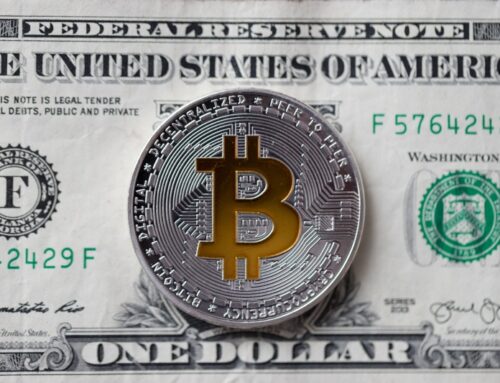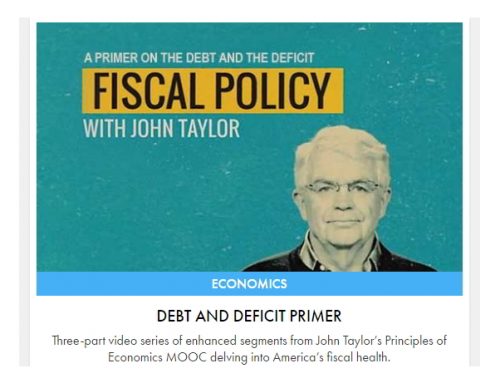There’s a reason why the Constitution specifies that only gold and silver shall be money: paper currencies are too easy to print when you start to run low. The chief counterfeiter at the Federal Reserve is very good at proving the point.
“Credit bubble” is a misnomer; what we are suffering from is the aftermath of a DEBT bubble. Credit is born in debt. The credit is fun; the debt, not so much.
This particular blogger has been in many arguments, live and online, about inflation and deflation. Everyone is trying to figure out which way we are headed so that they may know where to place their bets. I have heard the following terms used by well-meaning and serious folks: stagflation, stagdeflation, disinflation, cost-push inflation, monetary inflation, simultaneous inflation and deflation, yourmomflation (well, maybe not all of them were serious).
Like the names, the data are very confusing. Some things are going up in price (food), and some things are falling (houses). Various measures of the “money supply” or “monetary aggregates”, given silly names like M1, M2, and “Money of Zero Maturity” either go up, go down, or stay the same. PhD-holding economists argue about “money velocity”. Interest rates have been pushed to, and are being artificially held at, historic lows, and still the economy languishes. Prices of essentials seem to be going up in the face of high unemployment and stagnating wages. Nothing makes sense, no data seems definitive.
Nearly everyone is looking at it wrong. All of the measures of money that economists rely on to measure the health and direction of the economy have been manipulated so badly that none of them mean anything anymore, if they ever did. If that weren’t bad enough, the money itself is now manipulated as well. The law of unintended consequences has taken over. Does it seem to you that economists just don’t know what they’re doing?
You’re right, they don’t. They don’t have a fricking clue.
First and foremost, the paper things you carry around in your wallet no longer qualify as “money.” Money is supposed to be a medium of exchange AND a store of value. It’s supposed to retain its buying power over time. The Fed has reduced the buying power of our “money” by 95% since its inception in 1913. Why we tolerate this, I don’t really know. But that is what central bankers do best: debase money, and get away with it.
Having gotten away with it so far, Bernanke has applied more of the same during the crisis. Since the crisis began in 2007 he has tripled the “money supply”. But by demonstrating that more “money” can be produced at will and in any amount desired, the Fed has inadvertently convinced us that the tickets they print aren’t money at all. So, why is anyone surprised that the “money managers” looking at their “monetary aggregates” can’t figure out what’s wrong? They still believe the paper tickets are money. That, and nothing else, is the source of their confusion.
Next: how real money behaves in a deflation.





